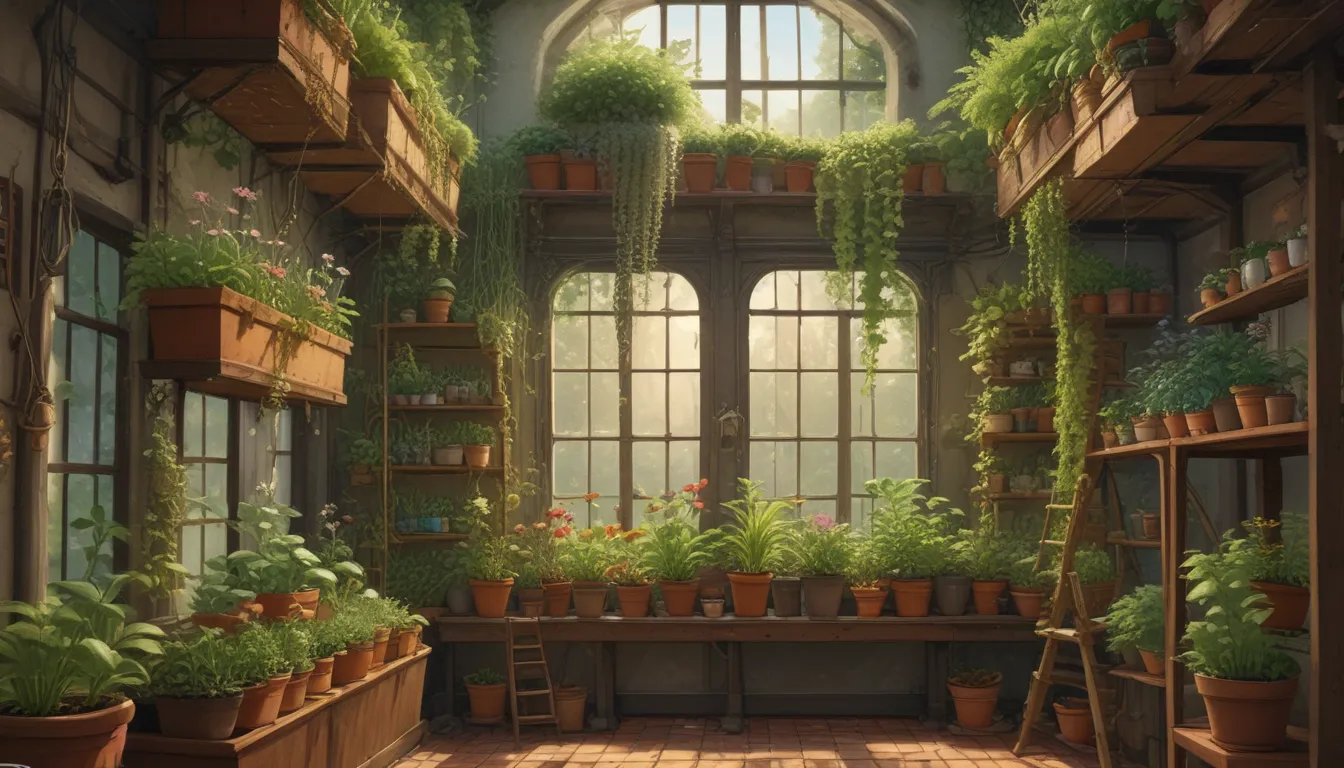Vertical Gardening: How to Grow Upwards and Expand Your Growing Space

Are you looking to maximize your garden space and grow an abundance of fruits, veggies, and herbs? Vertical gardening might just be the solution you need. This method allows you to utilize vertical rather than horizontal space to cultivate your favorite plants, offering a range of benefits beyond traditional gardening.
Vertical gardening not only saves space but also offers increased air circulation, easier harvesting, cleaner produce, and potentially less water usage. Whether you’re in an urban setting or simply looking to expand your gardening capabilities, vertical gardening can be a game-changer.
In this comprehensive guide, we’ll explore what vertical gardening is, the best plant options for vertical growing, how to set up your vertical garden, and some creative ideas to get you started.
Understanding Vertical Gardening
Vertical gardening involves growing plants on structures like fences, trellises, shelves, or living walls. It’s a versatile method that enables you to maximize your growing space while adding aesthetic appeal to your garden.
What does a vertical garden look like? It could be a trellis in a garden bed, shelves with pots, hanging baskets, or even repurposed items like rain gutters or soda bottles. The possibilities are endless, and with the right setup, you can grow hundreds of pounds of food in a fraction of the space.
If you’re not keen on building your own system, there are plenty of ready-made designs available, from simple tiered planters to sophisticated setups with built-in irrigation systems.
Popular Vertical Gardening Options:
– Stackable Planters: Vertical planters allow you to grow a variety of plants in a compact space.
– The Rise Garden System: A convenient all-in-one solution for hassle-free vertical gardening.
Best Plants for Vertical Growing
While vines and climbing plants are ideal for vertical gardening, many other fruits, veggies, and herbs thrive in a vertical setup. From tomatoes and cucumbers to lettuce and strawberries, a wide range of plants can be grown vertically.
If you’re feeling adventurous, consider growing unique plants like sweet potatoes, chayote, or amaranth in your vertical garden. The key is to choose cultivars that are well-suited for vertical growth and don’t require excessive space.
Recommended Plants for Vertical Gardens:
– Tomatoes: Ideal for vertical growing, choose compact varieties for best results.
– Cucumbers: Round varieties like lemon cucumbers work well for vertical setups.
– Herbs: Most herbs and microgreens thrive when grown vertically.
– Strawberries: Alpine varieties with long runners are great for vertical gardens.
How to Set Up Your Vertical Garden
Setting up a vertical garden involves considerations like sunlight exposure, wind protection, watering needs, and nutrient requirements. Ensure your garden receives ample sunlight, is shielded from strong winds, and has a reliable watering system in place.
Tips for Vertical Gardening Success:
– Sunlight: Choose a sunny location for your vertical garden.
– Wind Protection: Secure your structures against strong winds to prevent damage.
– Watering: Use automatic watering systems or self-watering planters for efficient watering.
– Nutrient Management: Feed container-grown plants regularly to ensure healthy growth.
Don’t forget to select plant varieties that are well-suited for vertical growing and consider the space around your garden for companion planting opportunities.
Creative Vertical Garden Ideas:
– Arbors and Archways: Grow squash or melons on traditional climbing structures.
– Teepees: Create easy-to-make vertical structures for climbing plants.
– Hanging Planters: Utilize sturdy trellises to hang pots for additional growing space.
– Indoor Vertical Gardens: Enhance your indoor space with window planters or wall-mounted shelves.
Whether you’re looking to expand your outdoor garden or create a green oasis indoors, vertical gardening offers endless possibilities for creative and efficient plant cultivation.
Embrace Vertical Gardening for Maximum Results
Vertical gardening offers a host of benefits, from reduced pests and diseases to easier maintenance and increased harvest yields. By harnessing the power of vertical space, you can transform your garden into a productive and visually appealing oasis.
Join the growing trend of vertical gardening enthusiasts and reap the rewards of this innovative gardening approach. Share your vertical gardening plans and experiences in the comments below. Let’s grow up together!
For more gardening inspiration, check out these informative guides:
– Square Foot Gardening: A detailed guide to maximizing your garden space.
– Xeriscaping: Learn how to create an efficient and aesthetically pleasing yard.
– Fragrant Garden Planning: Discover how to create a fragrant garden for sensory delight.
Vertical gardening is a smart and sustainable way to elevate your gardening experience. Start growing upwards today and enjoy the abundant rewards it brings.





